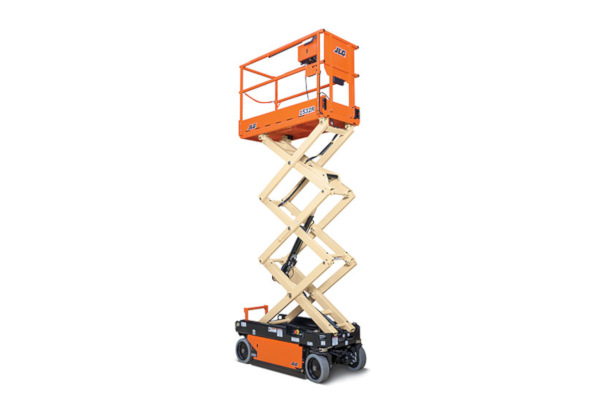They are not dual to aerial lifts in that the lifting mechanisms usually move the work platforms up and down with effect to the crossed beams.
Requirements ;
There are certain standards that employers need to comply, with to enhance safety while protecting workers from hazards which are associated with the lifts.
Some of the requirements include;
Accidental prevention responsibilities.
Staging
Proper training and giving of information about how it should be used and run, before being allowed to use.
Employees are required to comply with safety and training requirements, as well as report to the managers any dangers or safety concerns.
Training.
All scissor lift operators must be trained by a competent operator on the specific equipment that shall be used. Scissor lift operators will be evaluated once, after every three years while issuing a certificate. Teaching is done through safety operating a Mobile Elevating Work Platform. (MEWP) through different methods that is; gaining hands-on experience of using scissors lifts and booms, lectures, discussions and regular testing followed by a final exam which is passed For a candidate to Qualify. On completion of the course, successful participants receive ( PAL) Powered Access Licence to act as evidence that they are fully qualified to use scissor lifts.
Minimum training requirements.
Manufacturers instructions for operating the lift vertically and while in transit.
How to handle the materials on the scissor lift for example; weight lifts.
Reporting of any defects seen on equipment/ maintenance needs.
Worksite hazards that may be encountered by other workers for example; contact with electric wires.
Unique hazards which the operator should be aware of.
- Wind speeds; The maximum wind speed is 28 mph.
- Wind direction; The operator must ensure that the scissor does not face broadside to the wind as it has a higher risk of tipping over.
- Slope; The scissor lift should be used on level terrain to avoid being on an angle as it may cause a hazard.
- Falling; The operator must ensure that all guard rails are in decent condition properly installed.
- Collapse; Ensuring all safety systems are designed to stop slumping, to be maintained and not bypassed.
- The operator should also ensure that the weight on the work platform does not exceed the manufacturer’s, load rating.
- Daily inspections before use, to be done, to ensure it is in good condition.
Benefits of a scissor lift.
It creates a safe off ground working environment.
It makes it easy to transport materials and in large volumes.
Provides an easy and quick solution, when there’s need to work away from the ground.
It gives more stability to people working at heights.
It increases efficiency in your workplace.
Saves money on stable working and problems of lifting.
Allows trained users to work at heights safely for extended periods Academy for lift scissors.
